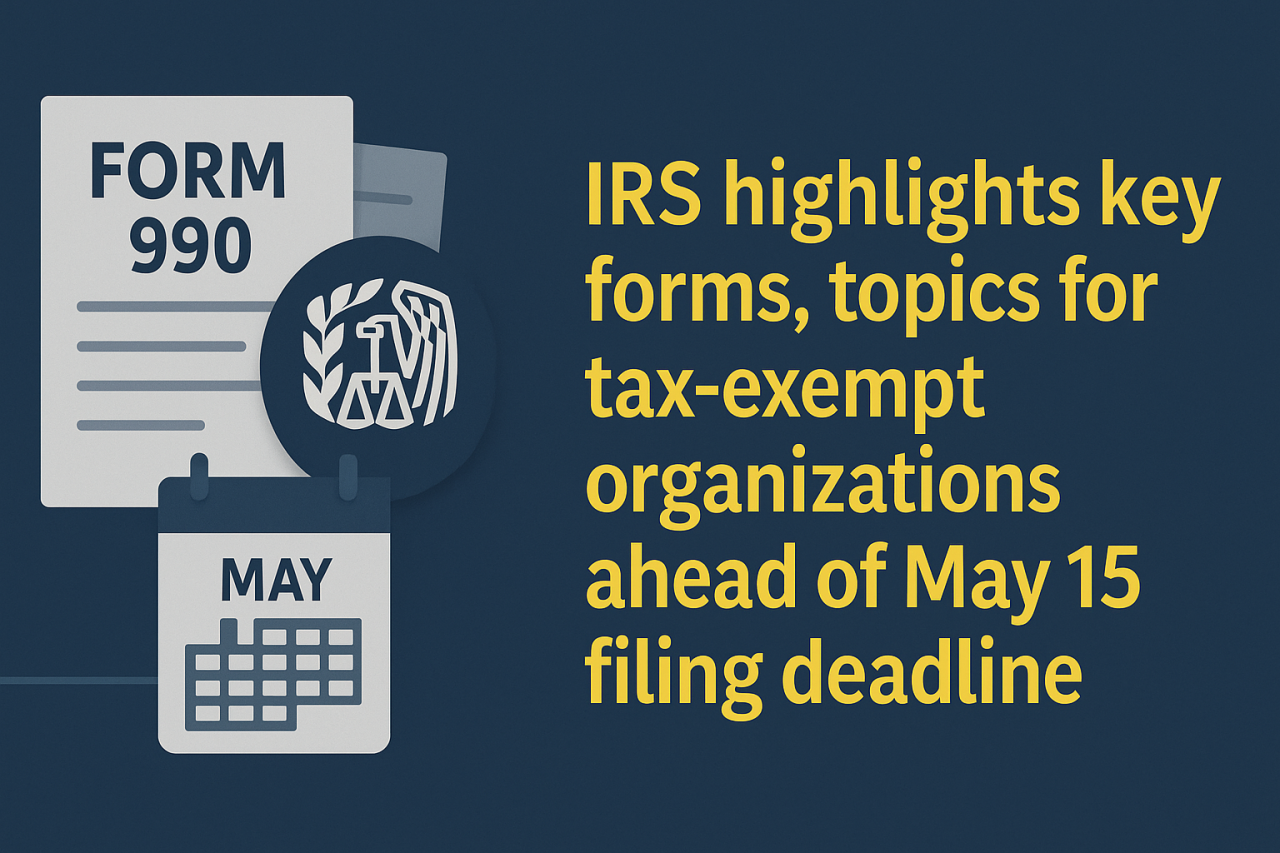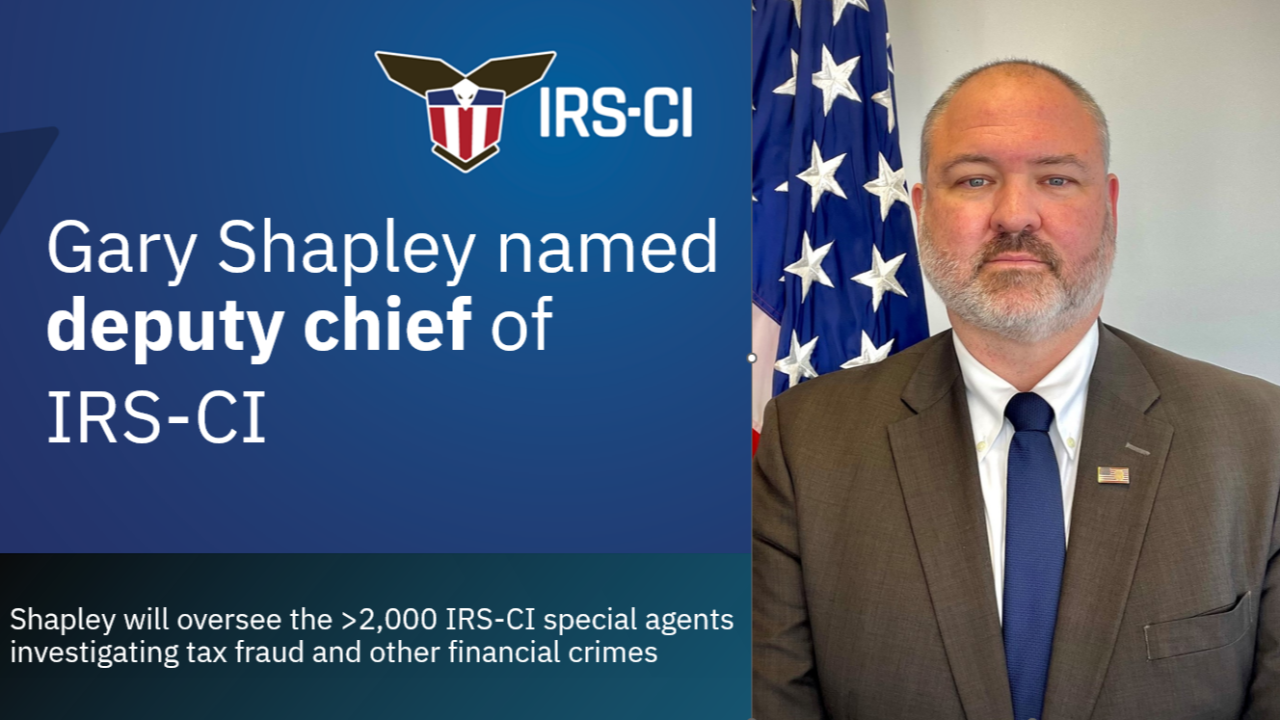The Internal Revenue Service is facing a busy and uncertain future, with major staffing cuts, a decrease in funding, and turnover — including a veritable revolving door of acting commissioners, as Gary Shapley was replaced just days after Melanie Krause stepped down — with more cuts by DOGE looming ahead.
Ian Comisky, a partner at law firm Fox Rothschild LLP, believes the IRS “is not operating properly” and is being “taken apart.”
Comisky, who specializes in civil and criminal tax litigation, anticipates growing and continued chaos. The IRS is currently at least 20% understaffed, and that will only grow as cuts continue, he predicted. The agency was given more money in the Inflation Reduction Act of 2022 to improve its efficiency, but of that a huge amount was clawed back. Of the amount designated, cuts were made across the board, affecting enforcement, operations, modernization and taxpayer support services.
“The latest studies show that mostly enforcement dollars were reduced, and in the last go-round modernization resources were also cut,” said Comisky. “There was a voluntary reduction in force last month. Criminal agents that could help deal with noncompliance have been sent to the border. Some say we could lose as much as $1.6 trillion in revenue, although one view is that we can get enough from tariffs to make it all up.”
The current situation is that there are not enough resources for audits necessary to keep the system honest, while modernization is not being pursued.
There has also been a tremendous brain drain, according to Comisky: “The people that are left are less experienced. The appeals unit is reluctant to settle cases for fear of criticism. If they cut enforcement without modernizing, the agency can’t operate effectively.”
The reality is that cuts are being made across the board, according to Kelly Myers, a 30-year IRS veteran who now heads up Myers Consulting Group LLC.
“The cuts are not restricted by job or by office or to overhead-type individuals,” he said. “And not to outreach folks or compliance staff. It’s everybody. There will have to be a transition to a balance between how they execute their priority mission with the people they will have. Response times will be longer because they simply have fewer people. Filed returns with no exception on the return should come out OK. But if there is an exception, someone has to look at it and that will take longer to resolve. For example, 16 weeks will become 20 weeks. Likewise, amended returns have to be manually processed.”
Is this all by design? The effect has not been anticipated, according to Comisky. “The smartest, and those who can work elsewhere, are leaving now,” he explained. “Some of the big law firms believe that there will be no tax litigation for the next couple of years. Some are predicting that the feds will get the benefit of state audits. The sense is, if there is no enforcement, school’s out!”
Intuitively, Myers said he expects that all this means revenue will be down, but he’s not sure how much it will be down. “I’ve had exams that have been closed, shut down because of lack of staff. There are things the IRS would have asked questions about at an earlier time, which would have clarified issues, but they’re not asking questions anymore.”
“When there is less coverage, noncompliance will increase, since no one is looking over your shoulder,” he added. “Some things will not get done. As a former commissioner said some years ago, they won’t do more with less resources, they’ll do less with less resources.”
Source: Accounting Today










